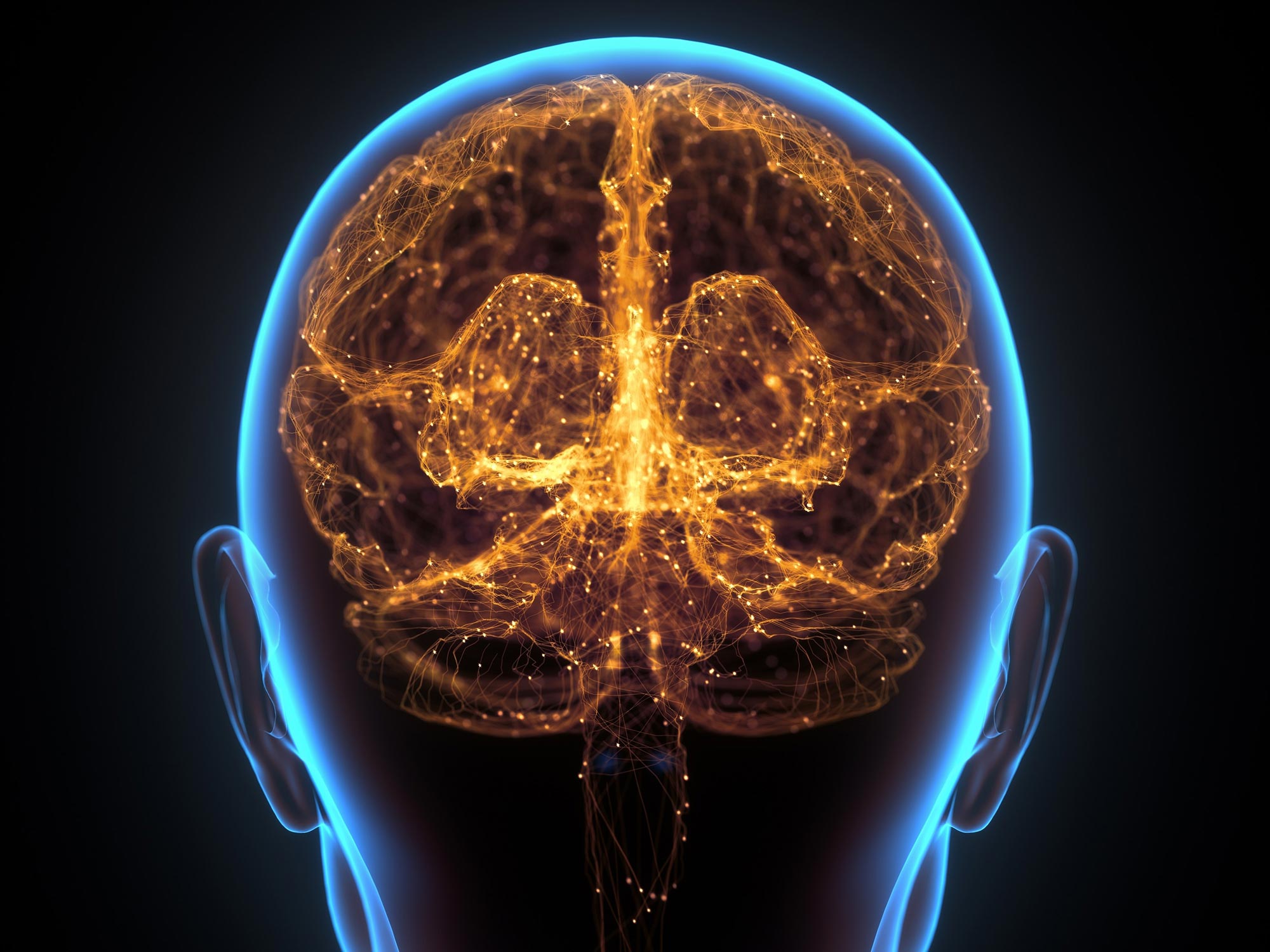Recent research has suggested that the striatum, a crucial part of the brain involved in reward processing, decision-making, and impulse control, may play a significant role in the behaviors associated with psychopathy. Psychopaths have been found to possess a striatum that is approximately 10% larger than that of non-psychopaths. This anatomical difference could be a critical factor in understanding the underlying mechanisms that contribute to the reckless and remorseless behavior often seen in individuals with psychopathic traits. The striatum's enlargement may lead to an enhanced sensitivity to rewards and a diminished capacity for remorse, enabling psychopaths to engage in risky or harmful behaviors without the typical emotional constraints that govern most people's actions.
The implications of a larger striatum extend beyond mere anatomical differences; they provide insights into the behavioral patterns commonly observed in psychopaths. For instance, individuals with a larger striatum may exhibit heightened impulsivity and a penchant for thrill-seeking, as their brain's reward circuitry is more finely tuned to respond to immediate gratification. This predisposition can lead to a range of antisocial behaviors, including manipulation, deceit, and a lack of empathy for others. Moreover, the striatum is intricately linked to the dopaminergic system, which plays a vital role in motivation and reward processing. Elevated dopamine activity in the striatum may further amplify the allure of risky behaviors, compounding the challenges associated with psychopathy.
Understanding the biological underpinnings of psychopathy is essential for developing effective interventions and treatment strategies. If the striatum's size and functionality can be linked to specific behavioral outcomes, targeted therapies might be designed to address the impulsivity and lack of remorse characteristic of psychopathic individuals. For instance, behavioral therapies could focus on enhancing emotional recognition and empathy, potentially helping those with psychopathic traits to better navigate social situations and mitigate their harmful behaviors. Furthermore, early identification of individuals at risk for developing psychopathy could lead to preventive measures aimed at curbing the progression of antisocial behavior.
Ultimately, the discovery that a larger striatum may serve as a biological engine for psychopathic behavior opens new avenues for research and understanding. It emphasizes the importance of integrating biological, psychological, and social factors when examining complex behaviors such as psychopathy. As research in this area continues to evolve, it is crucial to remain vigilant about the ethical implications of such findings, particularly in how they might influence societal perceptions of responsibility and rehabilitation for individuals diagnosed with psychopathy. In a world where mental health is increasingly recognized as a spectrum influenced by both genetics and environment, understanding the role of brain structure in shaping behavior could lead to more compassionate and informed approaches to dealing with individuals exhibiting psychopathic traits.
Scientists Discover a Key Biological Difference Between Psychopaths and Normal People - SciTechDaily

